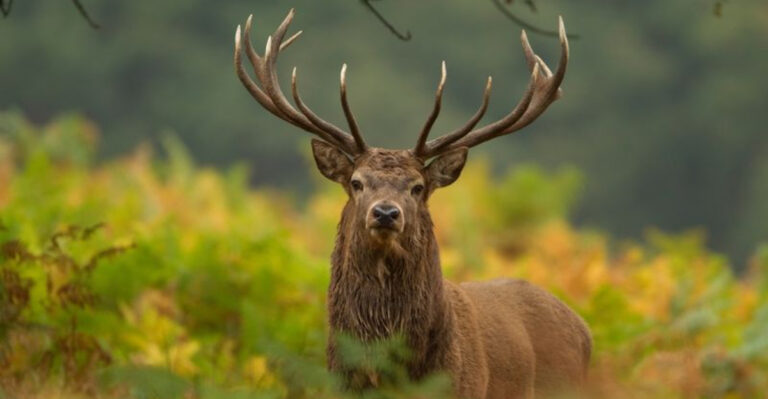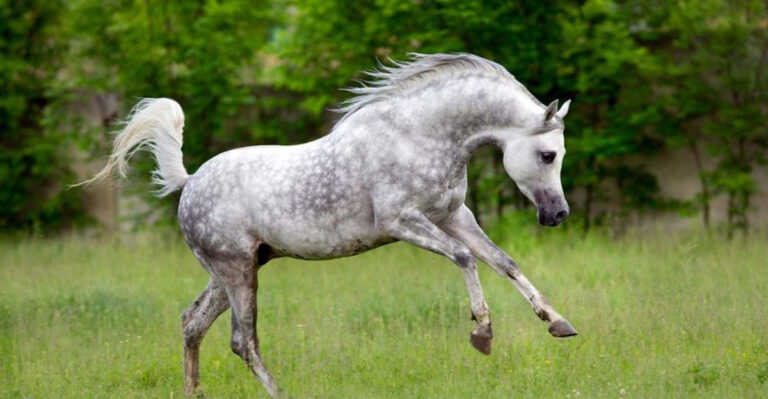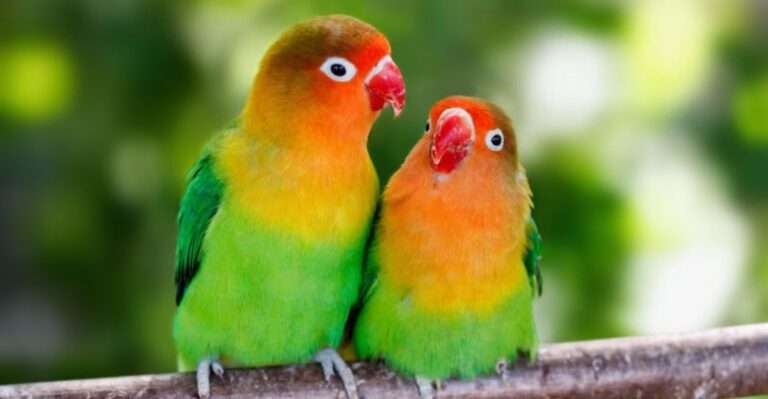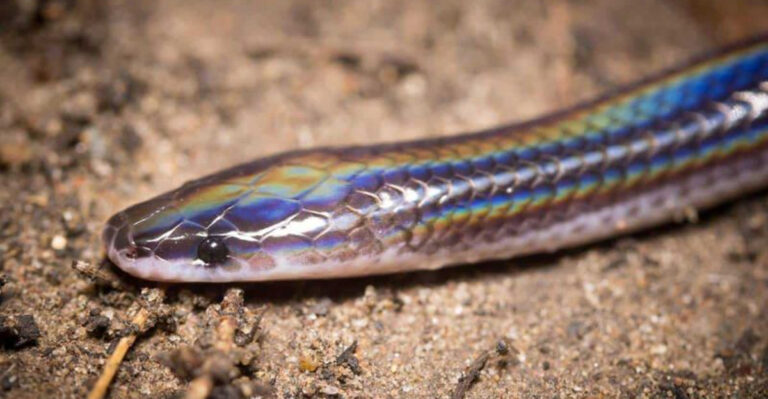Pig-Snout Looking Fossil Found In South Pacific

Scientists have made an extraordinary discovery in the depths of the South Pacific Ocean. A bizarre brittle star with a pig-snout appearance has been found near New Caledonia, representing a previously unknown marine species.
This unusual creature belongs to an ancient lineage that dates back 180 million years and offers exciting new insights into deep-sea evolution.
1. Uncovering The Pig-Snout Fossil In The South Pacific
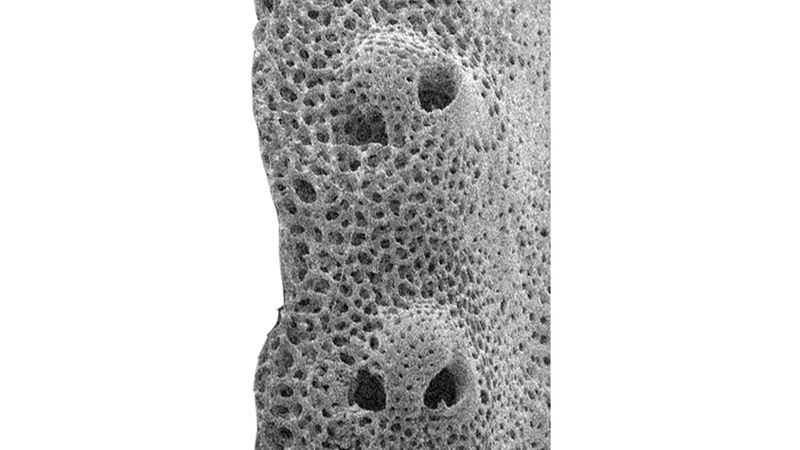
Hiding in the mysterious depths for millennia, this strange creature was finally spotted during a 2011 expedition off New Caledonia.
Researchers aboard the research vessel Alis weren’t initially looking for new species when they dredged up something extraordinary from 400 meters below. The bizarre fossil with its distinctive pig-snout appearance immediately caught scientists’ attention as something unique in marine biology.
2. Meet Ophiojura Exbodi: The Brittle Star With Unique Features
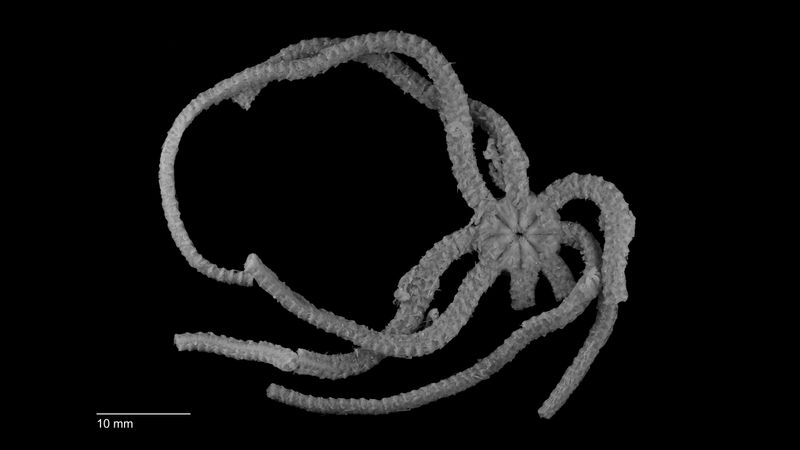
Forget typical starfish! This eight-armed oddity sports a central body resembling a pig’s snout, complete with sharp teeth-like structures around its mouth.
Scientists were amazed by its eight remarkably long, flexible arms extending from the central disk. Each arm contains rows of hook-shaped spines that help the creature navigate and hunt in the darkness of the deep ocean floor.
3. How The Pig-Snout Appearance Helps The Creature Survive
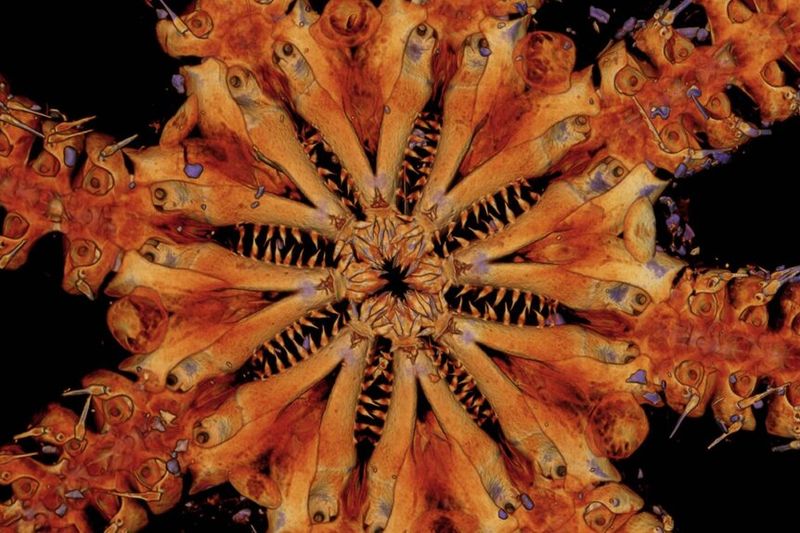
That peculiar snout isn’t just for looks—it’s a sophisticated survival tool perfected over millions of years of evolution.
The raised central disk helps this brittle star sense changes in water current and detect potential prey or predators approaching from any direction. Those tooth-like structures surrounding its mouth? Perfect for grabbing and processing whatever food comes its way in the nutrient-scarce deep ocean.
4. Exploring The Deep: Discovery In New Caledonia’s Waters

Tucked away in the southwestern Pacific, New Caledonia’s waters have become a hotspot for marine discoveries that boggle the mind.
The region’s unique geography creates isolated underwater habitats where ancient lineages can persist undisturbed. Scientists weren’t specifically searching for brittle stars when they stumbled upon this living fossil—they were conducting a broader biodiversity survey that yielded this unexpected treasure.
5. What Makes Ophiojura Exbodi Different From Other Brittle Stars

Regular brittle stars look almost boring compared to this evolutionary oddball with its unique combination of ancient and specialized features.
While most brittle stars have five arms, this creature flaunts eight. Its arm spines are arranged in unique patterns not seen in modern relatives. The creature’s mouth parts show a complexity that surprised even veteran marine biologists, suggesting specialized feeding behaviors unlike any other known brittle star.
6. Genetic Insights: The 180 Million-Year Evolution Of Ophiojura
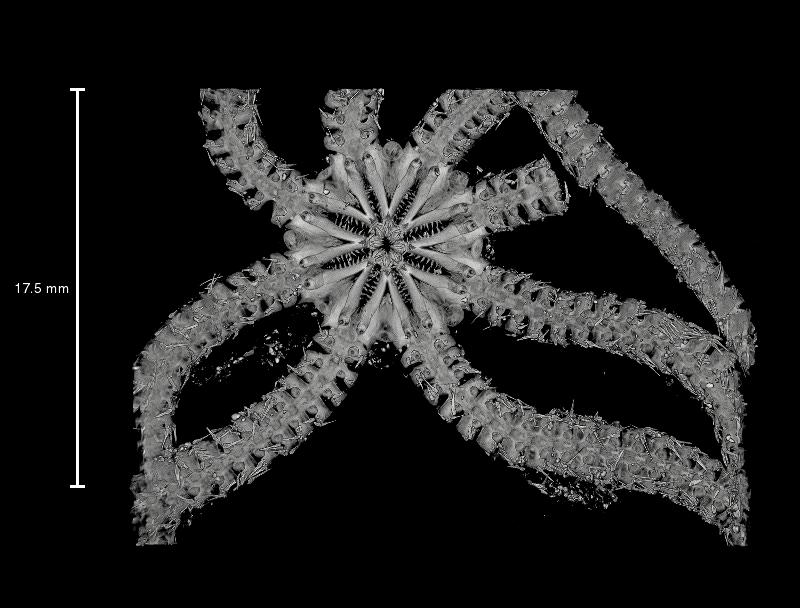
DNA analysis revealed something jaw-dropping—this creature’s genetic code hasn’t changed much since dinosaurs roamed the Earth!
The pig-snout brittle star belongs to an entirely new family that branched off from other brittle stars around 180 million years ago. This makes it a genuine “living fossil” that provides a window into ancient ocean ecosystems and evolution. Scientists compare it to finding a living dinosaur in your backyard.
7. Taxonomy And Naming: The Significance Of Ophiojura exbodi

Naming new species follows strict scientific protocols, but sometimes researchers get creative with their discoveries.
The genus name “Ophiojura” combines references to ophiuroids (the group including brittle stars) and Jurassic (nodding to its ancient origins). The species name “exbodi” honors the EXBODI expedition that found it. Together, the scientific name tells the story of an ancient brittle star discovered during a specific research mission.
8. Feeding Habits: How This Brittle Star Captures Prey
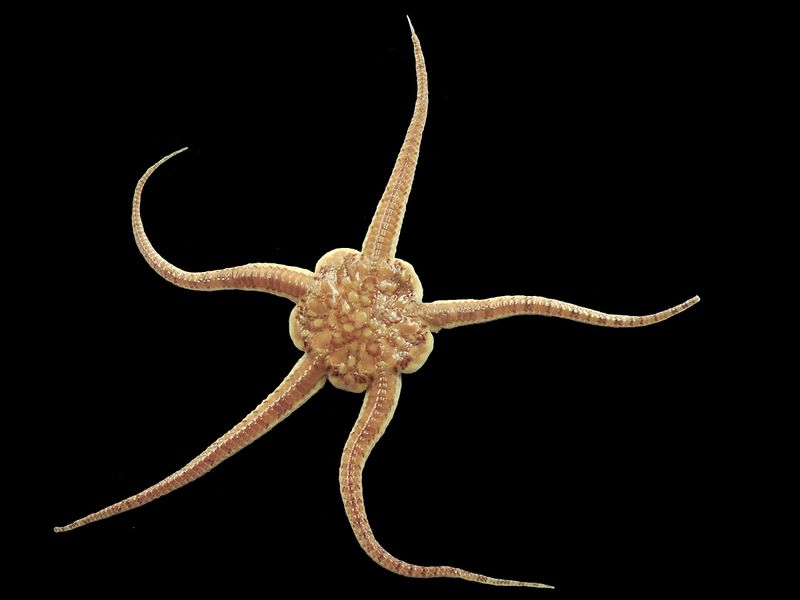
Mealtime for this creature involves a fascinating hunting strategy perfected over millions of years in the deep ocean.
The pig-snout brittle star likely extends its eight arms like a living trap, using thousands of tiny hooks to snare passing organisms. Once caught, prey is transferred to its central mouth where those tooth-like structures come into play. Scientists believe it might alternate between active hunting and filter feeding depending on food availability.
9. The Role Of Pig-Snout Brittle Stars In Deep-Sea Ecosystems

Every creature plays a part in nature’s grand design, and this strange-looking fossil star has an important job in its underwater neighborhood.
Acting as both predator and prey, the pig-snout brittle star helps regulate deep-sea food webs. Its feeding activities likely help cycle nutrients through the ecosystem. As an ancient species, it may also host unique microorganisms that have evolved alongside it for millions of years, creating a living laboratory of symbiotic relationships.
10. Ongoing Exploration: What More Lies Beneath The South Pacific
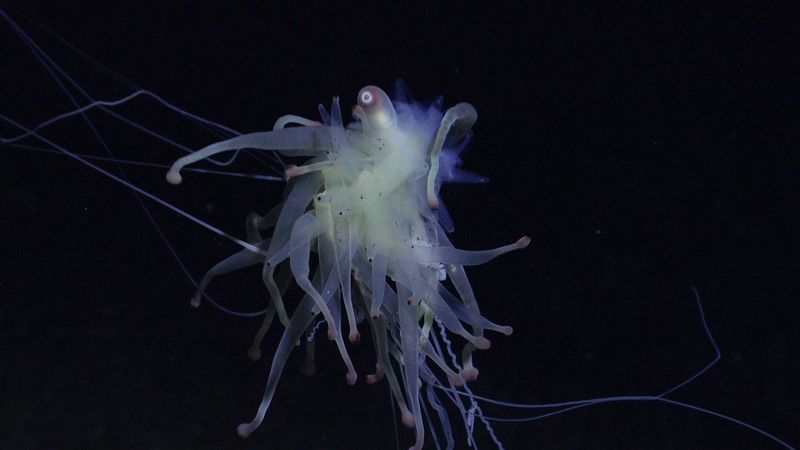
Finding this bizarre creature has scientists buzzing with excitement about what else might be hiding in the unexplored depths.
The South Pacific remains one of Earth’s least understood frontiers, with estimates suggesting up to 90% of deep-sea species remain undiscovered. Each expedition brings new surprises—from glowing jellyfish to transparent octopuses. The pig-snout brittle star reminds us how much we still have to learn about our own planet.

